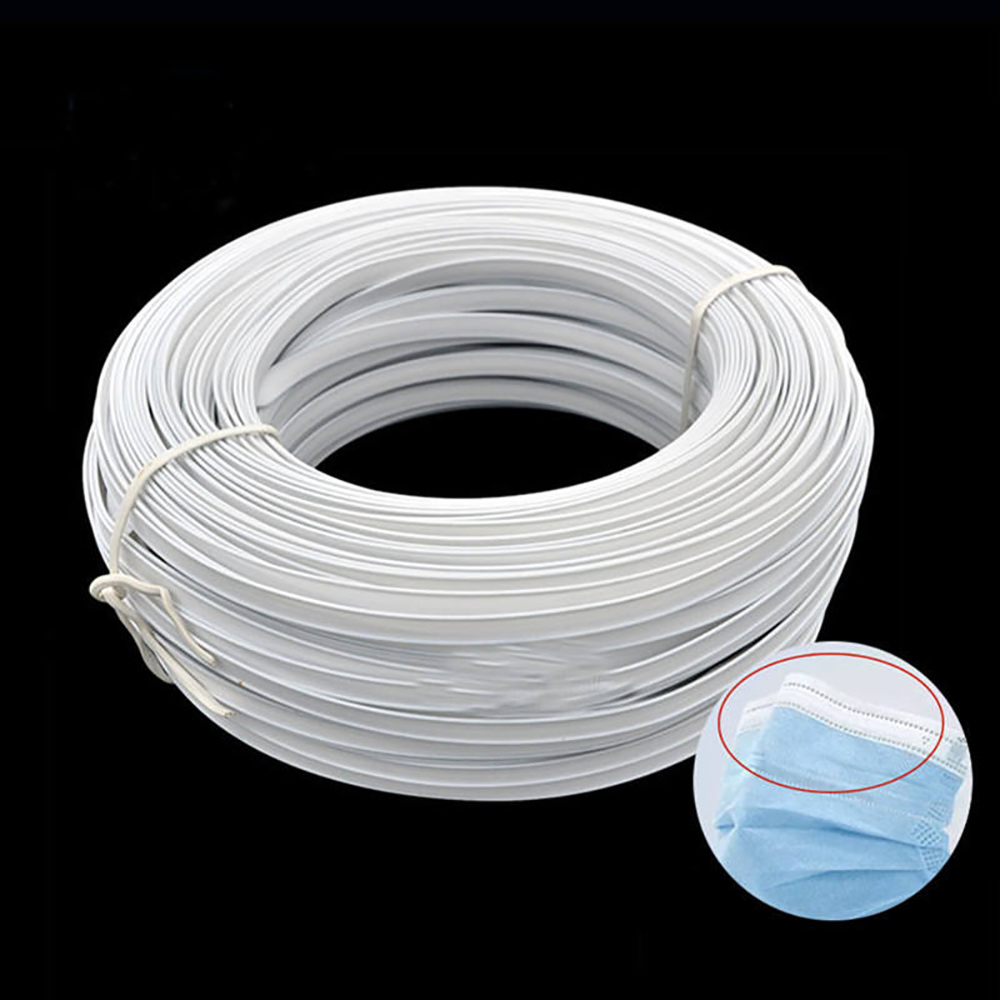
- +8613859957860
- [email protected]
- No.11 Shuangfu Road, Tong’an District, Xiamen, China
| Name | Needle Punched Nonwoven Fabric for Cup Mask 1860, N95, N99 |
| Material | 100% Polyester |
| Width | 260mm or customized |
| Weight | 180gsm, 200gsm, 220gsm, 230gsm… |
| Features | Breathable, Good Quality, High Performance |
| Application | For Cup Masks N95, N99, FFP2, FFP3 |
| MOQ | 1000 kgs |
Needle punched nonwoven fabric is a crucial material in the production of high-performance cup masks, such as N95, N99, FFP2, and FFP3 respirators. These masks are renowned for their superior filtration efficiency and are widely used in medical, industrial, and public settings to protect against airborne particles, viruses, and bacteria. Understanding the properties, manufacturing process, and applications of needle punched nonwoven fabric is key to appreciating its role in enhancing mask performance.
Needle punched nonwoven fabric is created through a mechanical process that entangles fibers to form a cohesive and durable fabric. This method uses barbed needles to repeatedly pierce a web of fibers, interlocking them to create a fabric with high tensile strength and stability. Unlike woven or knitted fabrics, needle punched nonwoven fabric does not require yarns, making it a cost-effective and efficient production method.
The manufacturing process begins with selecting suitable fibers, which can be natural (like cotton or wool) or synthetic (such as polyester or polypropylene). These fibers are carded to align them in a parallel arrangement and then layered into a web. The web is subjected to the needle punching process, where a board with barbed needles moves up and down through the web, intertwining the fibers to create a fabric with a three-dimensional structure. The density and strength of the fabric are controlled by adjusting needle punching parameters like needle type, punch density, and penetration depth.
Needle punched nonwoven fabric has several key properties that make it ideal for use in cup masks:
High Filtration Efficiency: The intricate network of fibers provides an effective barrier against airborne particles, ensuring high filtration efficiency. This is essential for masks like N95, N99, FFP2, and FFP3, which must meet stringent filtration standards.
Breathability: Despite its dense structure, the fabric remains breathable, allowing for comfortable long-term wear. This balance between filtration and breathability is crucial for user comfort.
Durability: The mechanical entanglement of fibers results in a fabric that is strong and resistant to tearing and deformation, ensuring masks maintain their protective properties throughout their lifespan.
Versatility: Needle punched nonwoven fabric can be produced from various fibers and tailored to specific requirements, such as thickness, weight, and surface finish. This versatility allows manufacturers to customize the fabric for different types of masks and applications.
In cup masks, needle punched nonwoven fabric is often used as a filtration layer, either alone or combined with other materials like meltblown nonwoven fabric. Its roles include:
Needle punched nonwoven fabric is vital for producing high-performance cup masks. Its properties of high filtration efficiency, breathability, durability, and versatility make it an ideal choice for ensuring reliable protection against airborne particles. As the demand for quality respiratory protection grows, needle punched nonwoven fabric will continue to be fundamental in advanced mask technologies.
Find the more non-woven fabrics from our factory with free custom services at cheapest price.